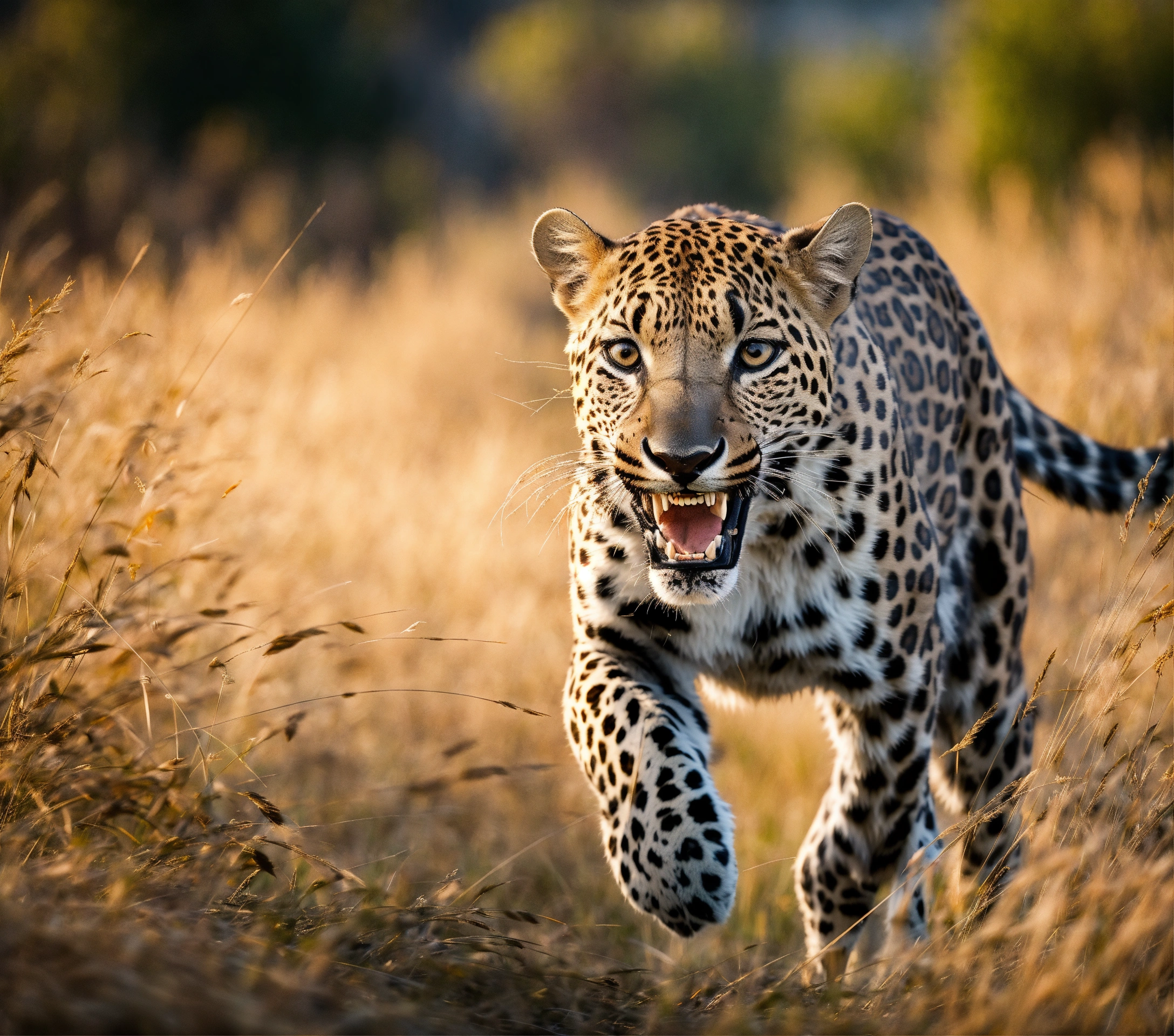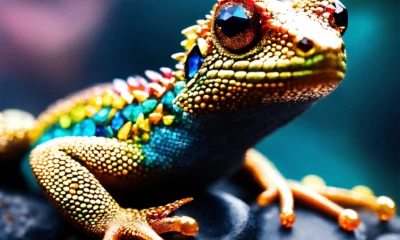Camouflage
Camouflaging in the Wild: How Prey Avoid Predators with Clever Disguises

Camouflaging is a natural defense mechanism that many prey animals use to avoid predators in the wild. By blending in with their surroundings, these animals are able to go unnoticed and increase their chances of survival.
One of the most iconic examples of camouflage in nature is the chameleon. These reptiles are able to change the color of their skin to match their environment, allowing them to blend in seamlessly with leaves, branches, or even rocks. This ability not only helps chameleons avoid predators, but also allows them to sneak up on unsuspecting prey.
Another animal known for its camouflage skills is the octopus. These intelligent creatures are able to change both their color and texture to match the ocean floor or coral reefs where they live. By blending in with their surroundings, octopuses are able to hide from predators such as sharks and dolphins.
Insects are also masters of camouflage. Many species of moths and butterflies have evolved to have patterns on their wings that mimic the leaves or flowers of the plants they live on. This makes it difficult for predators to spot them among the foliage, giving them a better chance of survival.
Some animals take camouflage to the extreme by using mimicry to fool predators. For example, the mimic octopus is able to imitate the appearance and behavior of other marine creatures, such as lionfish or flatfish, in order to avoid becoming prey themselves.
Camouflage is such a powerful defense mechanism that predators themselves have evolved to blend in with their environment. For example, the snow leopard has a thick, white fur coat that allows it to camouflage in the snowy mountains where it hunts. This makes it difficult for prey animals such as bighorn sheep or ibex to spot the predator before it strikes.
In conclusion, camouflage is a vital survival strategy for many animals in the wild. By blending in with their surroundings, prey animals are able to avoid detection by predators and increase their chances of survival. Whether it’s changing color, patterns, or texture, the ability to camouflage is a remarkable adaptation that has allowed many species to thrive in their natural habitats.
-

 Silent Movement4 days ago
Silent Movement4 days agoThe Science Behind Silent Movement: How It Impacts Our Brain and Well-being
-

 Silent Movement1 week ago
Silent Movement1 week agoThe Beauty of Silent Movement: Connecting Mind, Body, and Soul
-

 Diversionary Tactics2 weeks ago
Diversionary Tactics2 weeks agoDiversionary Tactics: A Closer Look at the Strategies and Techniques
-

 Diversionary Tactics1 week ago
Diversionary Tactics1 week agoOutwitting the Enemy: How Diversionary Tactics Are Used in Espionage
-

 Camouflage1 week ago
Camouflage1 week agoFrom Chameleons to Cuttlefish: Nature’s Masters of Camouflage
-

 Silent Movement2 weeks ago
Silent Movement2 weeks agoUnleashing the Power of Silent Movement for Stress Relief
-

 Diversionary Tactics4 days ago
Diversionary Tactics4 days agoBreaking Down Diversion: From Smoke Screens to Red Herrings
-

 Camouflage4 days ago
Camouflage4 days agoHow Technology is Advancing Camouflage Techniques in the Military

